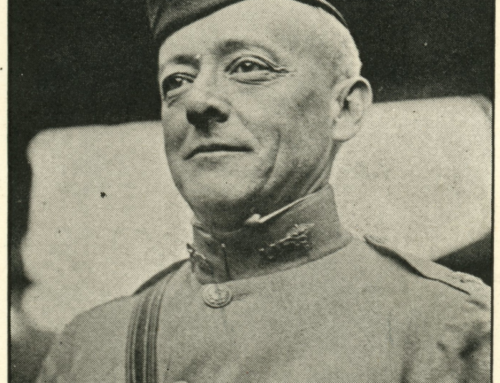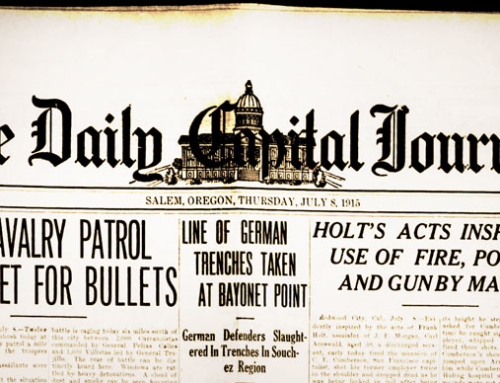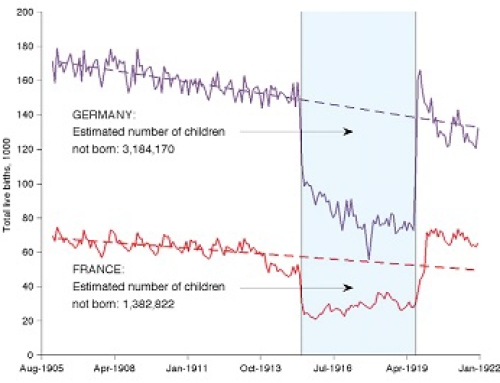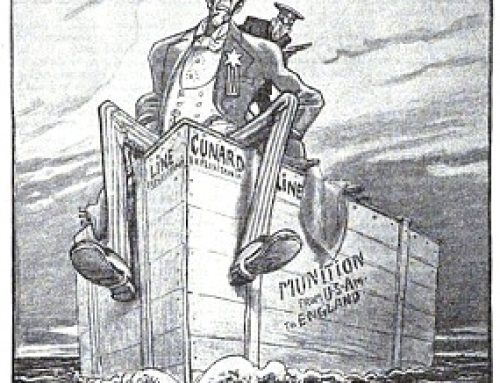by Richard van Pelt, WWI Correpsondent
From the pages of The Daily Capital Journal:
GERMANY WILLING TO LIMIT ATTACKS TO ENEMY VESSELS
Will Also Allow Crews of Wounded Ships to Take To Life Boats
IDENTITY OF NEUTRALS MUST SHOW PLAINLY
Gerard Does Not Believe Reply Will Satisfy Demands of United States
GERMANS SURROUND PRZEMYSL ON THREE SIDES SAYS REPORT
Teutons Fail To Cut Off RussianLines of Communication With Base
FRENCH CLAIM GAINS IN AIX, NOULETTE REGION
Chile May Unleash Dogs of War If Germany Ignores Note of Protest
ATTACK ON SAINT PETERS FEARED IF POPE LEAVES ROME
Violent Artillery Engagements In Progress In Narrow Alpine Passes
MARTIAL LAW DECLARED BECAUSE OF RIOTING
Trieste In Hands of Wild Mob and Residents Pray for Arrival of Italians
FOREST PARK AND SOD COVERS BRAVE DEAD
Headquarters of the British Army, Northern France, April 21. – Ploegsteert wood, the Tommies call it Plug Street, is in Belgium. Some day it will be a great historical park, just like the field of Waterloo. Just now its trees are scarred by bullets and shells; German bullets whistle now and then through the branches ad clip them off with a lightning snip; from time to time the ambulance men run twosome corner of the forest to pick up a British soldier who has been hit by a stray German missile and, taking it altogether now is not the time to see Plug Street wood.
Just beyond the wood lie the British trenches; and just beyond the British trenches is the German line. A rich brewer in Armentierres owns Ploegsteert. It was his pheasant ground. The pheasants are gone now; just before Christmas the British soldiers in the wood bagged twenty two of them for Christmas dinner and that finish the lot.
In October the Germans, sweeping down toward Calais, tried to take the Ploegsteert wood. Commander in chief Sir John French gave one of his iron clad orders that it must be held; the fighting for Ploegsteert wood wen on for days. The Germans got into it and – died; the Britishers fought them out of it and died. And when winter fell the great forest was dotted with graves and its trees were battered by bullets and shells, but the British trenches circles its outer edge and the German trenches were dug four hundred feet from the forest limit.







Leave A Comment